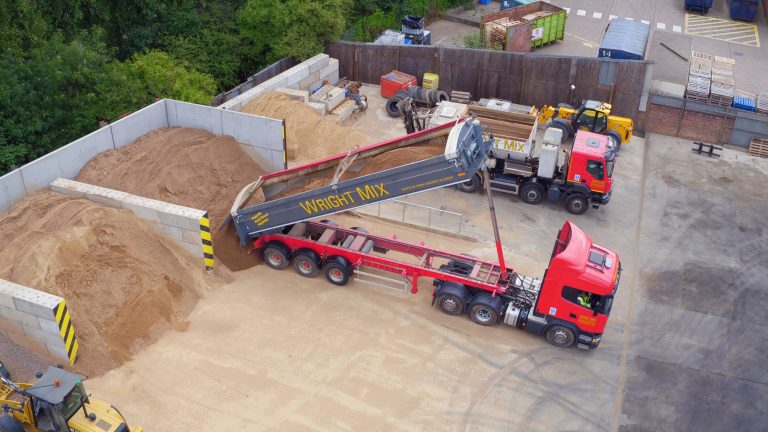A collaboration between the Heritage Lottery Fund & Fit for the Future, a network of organisations taking action on climate change within the charity and heritage sectors, has been announced. As climate change becomes a growing conservation challenge effecting historic buildings, collections and gardens, the partnership addresses the increasingly urgent need for adaptation and resilience. Ros Kerslake, HLF’s Chief Executive, made the announcement during a key-note speech at Fit for the Future’s annual conference, Ideas Harvest 2017: “As the largest funder of heritage projects in the UK, the Heritage Lottery Fund has always been acutely aware of its responsibility. We aim to show leadership and to encourage all involved to act as good custodians so that we can pass on our heritage for future generations to enjoy.” “We absolutely support the Fit for the Future principle that, more often than not, the solution is already out there when it comes to making buildings, land and whole organisations more sustainable. We will therefore be encouraging grantees, new and old, to become part of this fantastic network of organisations dedicated to helping people and projects to ‘go green’.” Fit for the Future is a thriving sustainability network, set up in 2013 by National Trust and Ashden. It has attracted more than 90 organisations including The Crown Estate, The Royal Household, Tate, National Trust, Historic Environment Scotland and Kew Gardens to its membership. The network links up the hundreds of people who are tasked with making these organisations more sustainable. They work together to find practical approaches to lowering their organisation’s energy bills, mitigating climate change and adapting to its impacts. Sir Ed Davey, Chair of Fit for the Future, said: “We’re delighted to be working with the Heritage Lottery Fund to help ensure a sustainable future for our heritage, and look forward to welcoming HLF grantees to the network. Our current members have already achieved some fantastic results: the National Trust saved enough money on oil bills in 2016 to pay for the treatment of 42 sculptures, and the energy savings made by Chatsworth House in 2016 could pay for restoring over 500 meters of dry stone walling. As the impacts of climate change become increasingly apparent, it’s imperative that organisations also have the tools and knowledge to successfully adapt.” The impacts of climate change and the need to adapt has been reported across Fit for the Future’s membership. Historic England has produced a climate change adaptation report[1], outlining the risks for the heritage sector, and in National Trust’s Forecast Changeable report [2], the impacts of extreme weather events on the land and buildings in the Trust’s care were detailed. HLF were one of the first major funders to focus attention on the issue of environmental sustainability, introducing an environmental impact policy in 2008. They are the largest dedicated funder of heritage in the UK and have awarded £7.7billion to over 42,000 projects since 1994.











